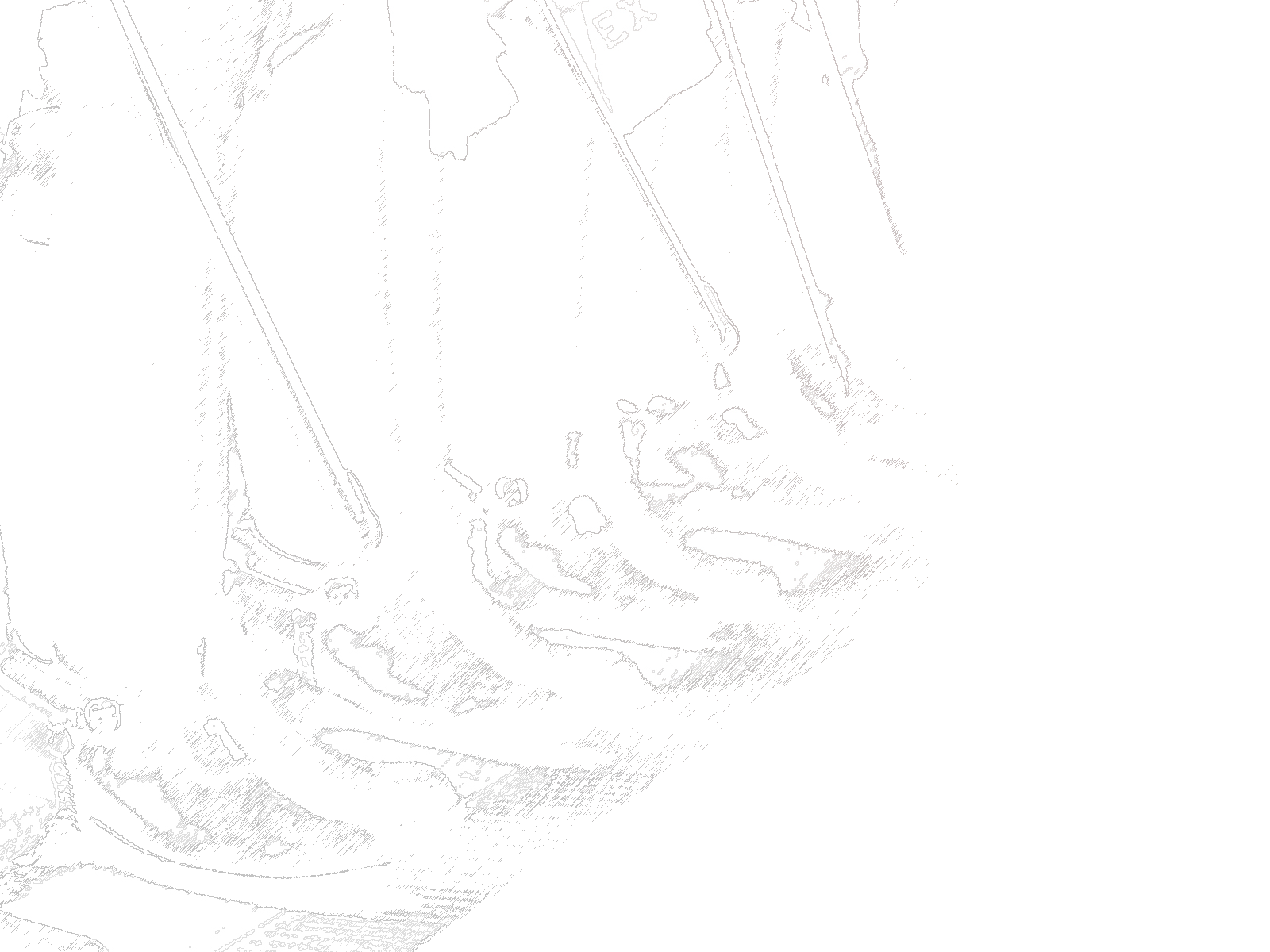My column for the Daily News is online. Here you go:
Gov. Scott Walker has taken the first step in Wisconsin’s biennial budget process by introducing his executive budget. Walker calls it a “reform dividend” budget that is able to boost spending thanks to the reforms enacted in earlier budgets. There is a lot to like about Walker’s budget, but it suffers from a fundamental flaw: it spends way too much.
The governor’s executive budget is the first step in what will be a lengthy legislative process before Wisconsin gets to a final budget. The Legislature’s Joint Finance Committee will begin working through the governor’s budget to add and remove their own priorities. The budget that comes out of the JFC will then be debated and passed by both houses of the legislature; the versions that pass each legislative house will be reconciled and sent to the governor; the governor will issue vetoes; the legislature will consider overriding vetoes; and then we will have a final budget. There is a long way to go.
Despite the fact that the governor and both houses of the Legislature hail from the same political party, there are some sharp differences of opinion regarding Wisconsin’s budget priorities. There have already been fierce intraparty clashes over transportation funding, debt load, potential tax increases, and other issues. The final budget will look substantially different than the governor’s budget proposal, but Walker has begun the conversation by making his priorities clear.
Signaling that Walker intends to run for reelection next year, his budget includes a lot of tax cuts and spending increases targeted at various interest groups. Most of the nearly $600 million in tax cuts comes from changes to the income tax and eliminating a portion of the state property tax, but the budget also includes several smaller targeted tax cuts.
The governor’s budget increases spending in a number of areas including an additional $649 million for K-12 schools and $105.2 million more for the University of Wisconsin System. There are also spending increases for tech schools, welfare, work force development, prisons, historical society, health services, transportation, the building commission, shared revenue and more.
Walker’s budget also includes some terrific reforms and accountability measures. The budget finally eliminates prevailing wage statewide, which will save taxpayers millions of dollars on needed work. It contains reforms to welfare and work force development designed to help people break the cycle of poverty and become successful in the work force. Under this budget, Wisconsin will self-insure its employees for health coverage. This is something that many large companies already do and will save taxpayers millions of dollars.
In what is garnering the most pushback, Walker’s budget increases spending for K-12 education and the University of Wisconsin, but does so with some added accountability. K-12 schools that have not already taken advantage of the tools given them in Act 10 to make reforms may not be eligible for the increased state funding. Much of the increased spending on UW will only come after UW makes reforms like offering a 3-year degree option.
But for all of the good it contains, one cannot escape the fact that Walker’s budget still spends too much. Indeed, despite the myth of “cuts” and “austerity” perpetuated by both political parties, Wisconsin has increased spending in every budget Walker has signed. This is despite the fact that Wisconsinites’ ability to pay has still not recovered from the Great Recession.
Let us look at the numbers. Gov. Jim Doyle’s last biennial budget for 2009-11 spent $61.9 billion. The first Walker budget spent $64.1 billion. Since then, Wisconsin’s biennial budgets have increased spending every time to $68 billion to $72.6 billion and now $76.1 billion. The budget that Walker just proposed spends a full 23 percent more than Gov. Doyle’s final budget. “Austerity,” my foot.
Meanwhile, over the same time period, Wisconsinites’ income has struggled. In 2008, the year before Gov. Doyle passed his last budget, the real median household income in Wisconsin was $57,348. It took a beating in 2009 after the Great Recession and dropped to $55,227. Since then, real median household income has dropped more before finally inching up last year. It still has not recovered to the 2008 level. The real median household income since 2009 has moved to $53,269, $53,110, $52,709, $52,370, $52,683, and finally in 2015, to $55,638. As you can see, the median Wisconsin household is earning $1,710 less per year since 2008, but being asked to pay for a state budget that spends 23 percent more.
If Wisconsin’s state spending largesse cannot be justified by an increase in Wisconsinites’ ability to pay, then perhaps the increased spending is being offset by an increase in population and new taxpayers? No. Since 2010, Wisconsin’s population has only increased 1.6 percent. And according to IRS migration data, the aggregate adjusted gross income for people leaving Wisconsin is greater than those coming in. Essentially, Wisconsin is losing higher-earners and retirees to low-tax states and replacing them with lower earners.
Gov. Walker and the Republicans deserve tremendous credit for the immensely beneficial and consequential budgetary reforms they have enacted and for managing the state’s finances in a responsible manner. Long gone are the Doyle budgets of massive deficits and illegal fund raids thanks to mature management of the state’s finances.
But Wisconsin remains a tax hell precisely because it remains a spending hell. For all of the good that Walker and the Republicans have done, they have not addressed this fundamental problem and it drags down everything from economic growth to work force availability to the everyday lives of Wisconsinites just trying to keep enough of their money to build a better life for themselves.

0 Comments